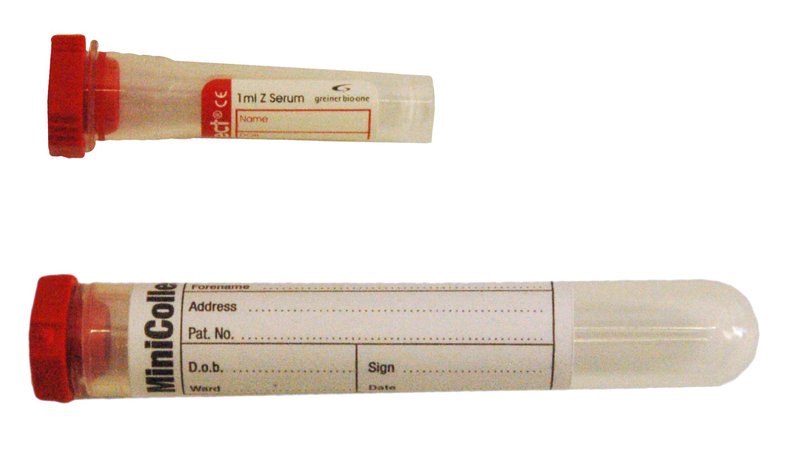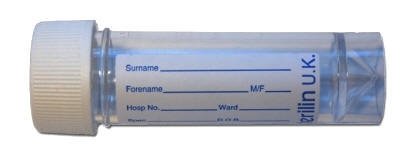Osmolality
Chemical Pathology
Notes
- Serum osmolality is a useful initial test when investigating the cause of hyponatraemia and in identifying a raised osmolal gap for suspected poisoning.
- Urine osmolality is primarily a test of urine concentrating ability and whether this is appropriate for the clinical state of the patient.
- A normal serum osmolality in the presence of significant hyponatraemia (<130 mmol/L) may be due to high serum protein or triglyceride levels causing pseudohyponatraemia, and the sodium level should be re-checked using a direct assay (blood gas analysers).
- A raised osmolality with hyponatraemia, suggests the patient may have hyperglycaemia (as in diabetes mellitus). This can also be seen with hyperglycinaemia, as can occur post transurethral resection of the prostate (TURP).
Serum osmolality can also be calculated using the following simple equation:-
Calculated osmolarity = 2 (Na+) + Glucose + Urea (all in mmol/L)
The difference between the measured osmolality and the calculated is known as the osmolal gap and is normally less than 10 mOsm/kg.
- A raised osmolal gap provides evidence of the presence of another osmotically active substance, for example ethanol, methanol, isopropyl alcohol or ethylene glycol. Note however that a normal osmolal gap does not exclude ethylene glycol toxicity..
Urine osmolality is used in the differential diagnosis of hyper- and hyponatraemia and in investigating abnormalities of ADH action (suspected SIADH or diabetes insipidus).
A water deprivation test may be required for further investigation of diabetes insipidus if not excluded by an adequately raised early morning urine osmolality, and a protocol for this is available by contacting the duty biochemist.
Paired serum and urine osmolalities (i.e. blood and urine samples collected at the same time) can be useful in the investigation of possible SIADH.
Sample requirements
For adults, 5 ml of blood taken into a 5mL gold top tube (or rust top for the Acute Unit)

For children, blood taken into a 3.5mL rust top gel tube

For neonates, blood taken into a 1mL minicollect plain serum tube

For urine osmolality, a minimum of 2mL urine in a 30mL Universal

Storage/transport
Send at ambient temperature to the laboratory. Urine samples can be stored refrigerated overnight if unavoidable and clinically appropriate, but blood must be sent to the laboratory after collection.
Required information
Relevant clinical details, including reason for the request.
Turnaround times
The assays are run throughout the day and night.
The in-lab turnaround time is less than 24 hours.
The test can be ordered as an urgent request.
Please contact the duty biochemist in advance with details of any water deprivation test being planned, so that arrangements can be made in the laboratory for timely osmolality measurements.
Reference ranges
Urine
- Urine osmolality may vary between 50 and 1200 mOsm/kg in a healthy individual depending on the state of hydration.
- The urine osmolality is the best measure of urine concentration with high values indicating maximally concentrated urine and low values very dilute urine.
- There is no actual reference range for urine osmolality as interpretation depends on whether the urine is appropriately concentrated or dilute for the clinical state of the patient at that time.
- A urine osmolality of >700 mOsm/kg excludes diabetes insipidus.
Blood
- Serum osmolality reference range: 275 - 295 mOsm/kg
Further information
To learn more about osmolality visit Lab Tests Onine or visit SydPath